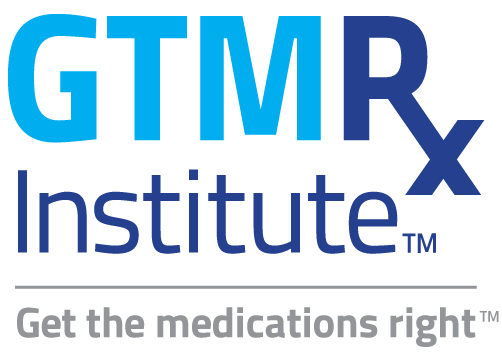Practice Transformation
Evidence & Innovation
Policy Solutions
What’s the difference between comprehensive medication management (CMM) and medication therapy management (MTM)? What are the implications for pharmacists’ education and training? How are physicians, pharmacists and teams working in collaborative practice to provide CMM-level services?
Learn from two of the researchers who identified the $528 billion opportunity to reduce the overall cost of health care: Jan Hirsch, Ph.D. and Dr. Terry McInnis.

